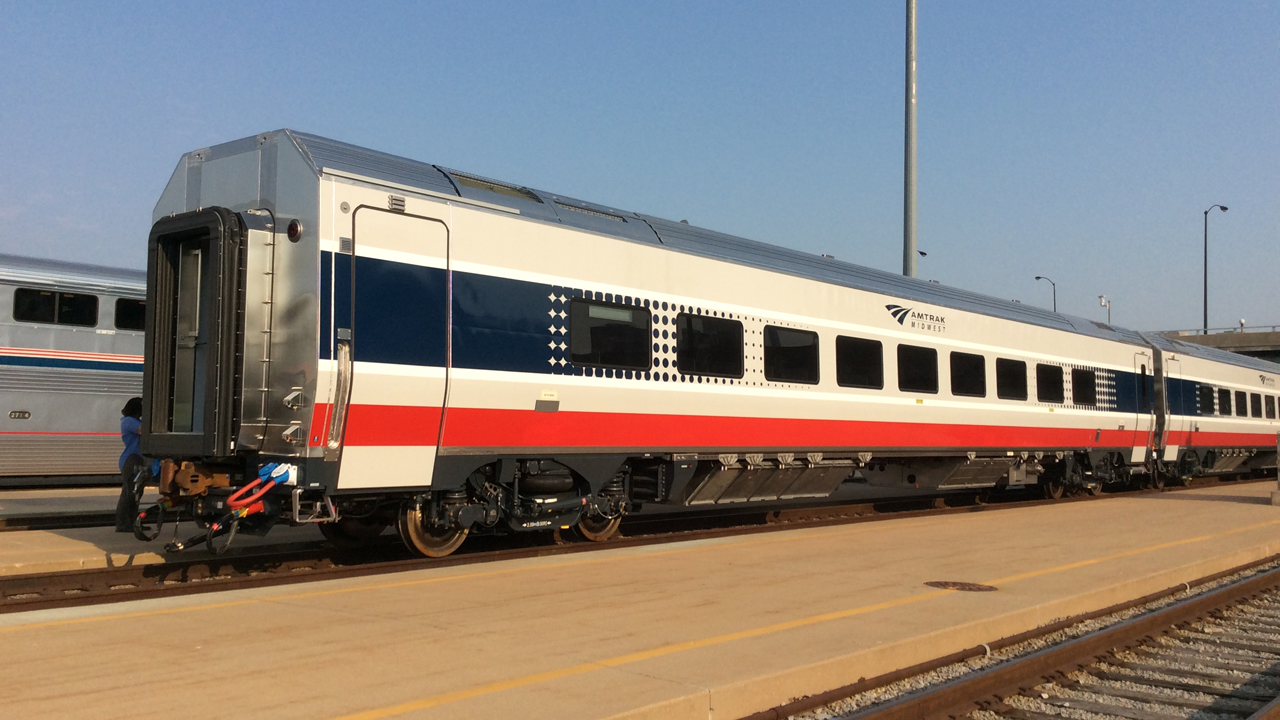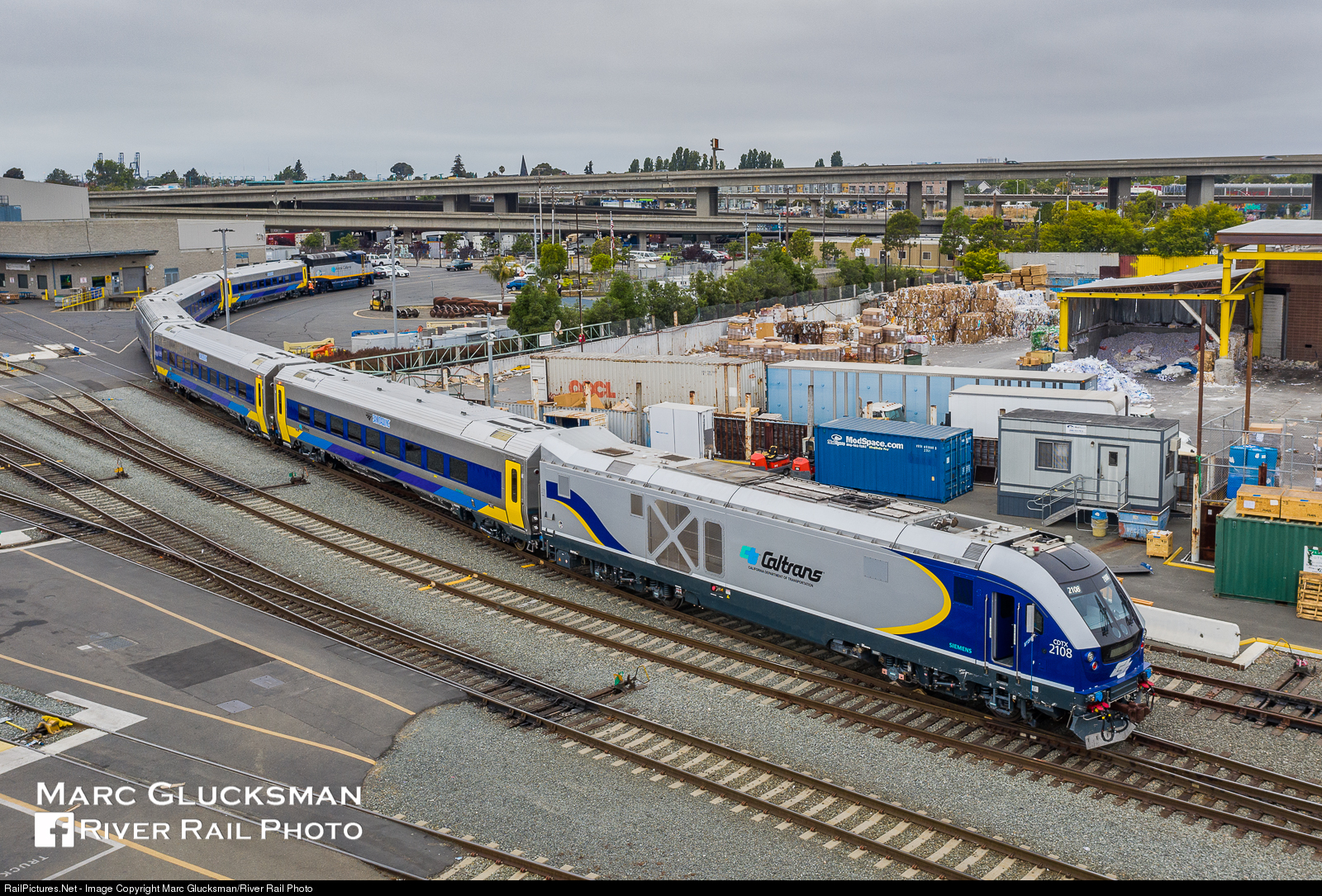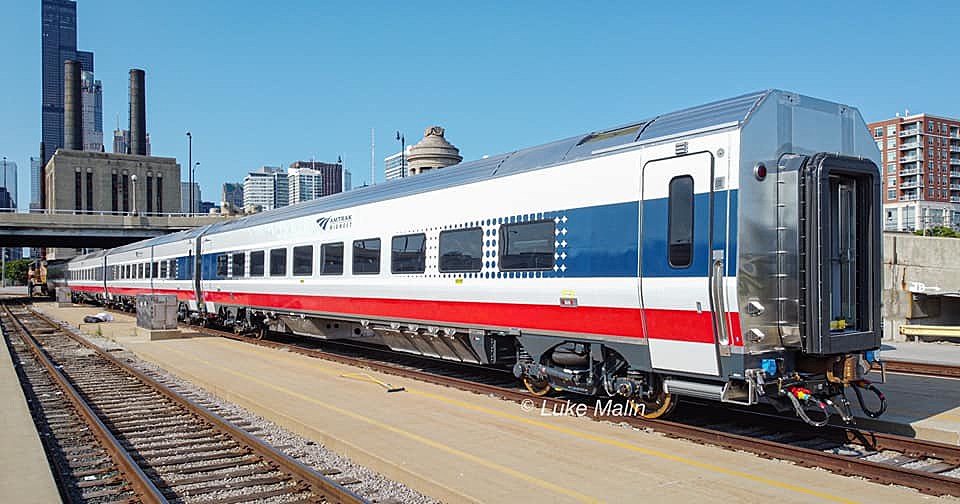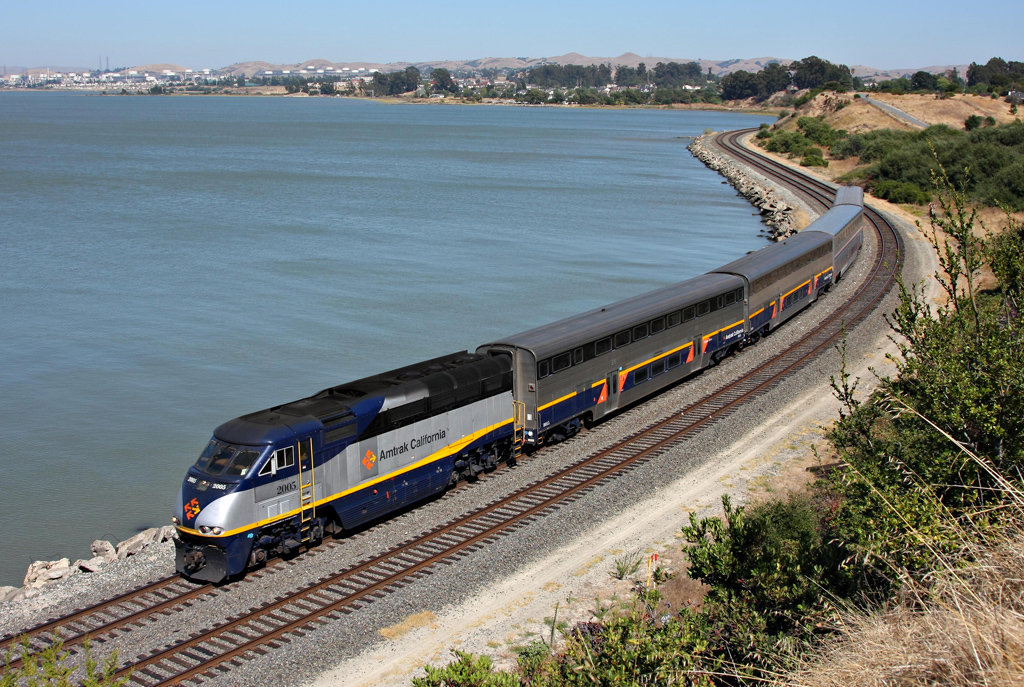Jahvon09
Senior Member
- Joined
- Oct 2, 2011
- Messages
- 3,358
- Reaction score
- 824
They look damn good in the wild imo:




https://www.railwayage.com/passenger/intercity/watch-siemens-midwest-amtrak-ventures/
WOW!!!! I wonder if Amtrak will ever think about replacing their decades-old Amfleet cars & diesel locomotives that run along the Regional Northeast Corridor & the Eastern Seaboard to Florida past Washington, DC with these beautiful brand spanking new shiny babies!!
Last edited:

%2C_November_2019.jpg/1024px-Capitol_Corridor_leaving_Suisun_City_station_(1)%2C_November_2019.jpg)

